Let’s Talk Camera Gear!
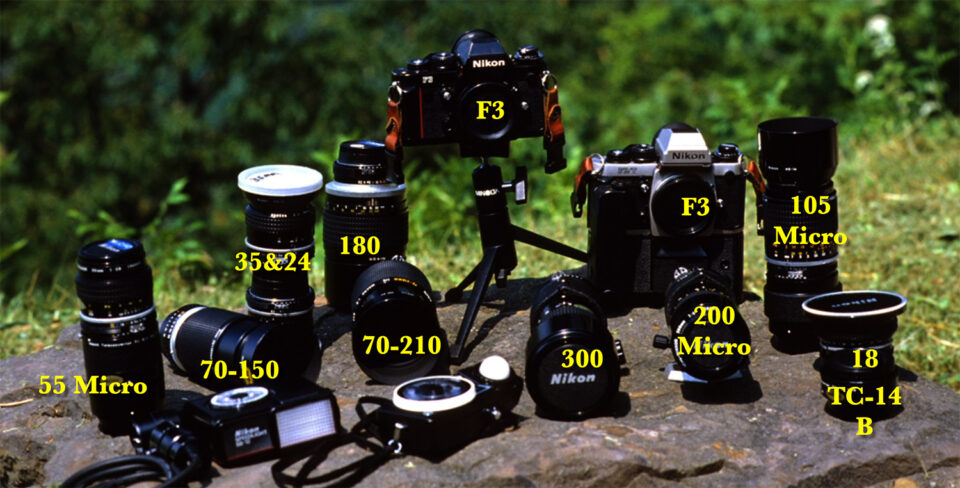
Shot many decades ago when I shot film…..
I’m getting ready to share my thoughts on camera gear and I need to establish that I have enough experience to do so. I watch tons of Youtube videos where photographers wax on about their thoughts on equipment and they show samples of their work, which makes their opinions seem a lot less reliable or trustworthy. Don’t get me wrong many Youtubers are very fine shooters and I respect both them and their work, but frankly a lot more are not as impressive! I’m not bragging or boasting, I just have spent a very, very long time learning a lot about the camera industry and their products. Let me establish my credentials:
I bought my first serious camera in 1969, a Nikon Nikkormat FTN, that was 55 years ago! Since then I have bought at least two of every succeeding model from Nikon; the Nikon F, F2, F3, F4, F5 and lastly I had a Nikon F6 while working for Nikon Professional Services. I owned a number if the lesser models in their line as well! In addition to all those bodies over the years I’ve owned almost 50 Nikon lenses and a few third party ones as well!
Somewhen around the F2 days I had a “Photographic Affair” with a pretty little Konica FS1 and some Hexagon lenses, but it as a very short fling and didn’t last! In 2011 I had rotator cuff surgery and during a long recovery I had my second affair! Actually I was working for Nikon but the big full frame cameras and lenses were to difficult for me to deal with, I slipped off at photo show an saw the Fujifilm X10, a very high quality, (poor man’s Leica), tiny rangefinder type camera. I fell in love with the beautiful Fujinon lens, and the quality of work I was able to produce with a camera that was easy too carry and hide, remember I was still a Nikon Rep!!!!! That led to another full blown affair, but this time it stuck! By the time I retired two years later, I owned, very privately, a couple of Fujifilm cameras, the XE-1 and the X-Pro 1 and a half dozen of their wonderful lenses.
That affair has lasted ever since and I still own a number of Fujifilm bodies and a lot of their excellent lenses! I’ve owned every X-T model, X-T1 to XT-5, and have used the GFX System of Medium Format cameras as well. My wondering eye has not settled down and I now , additionally, own an Olympus E OM-1 Mark III and a Panasonic Lumix GX85 plus 7 Panasonic and Olympus Micro 4/3rds lenses. These do not replace my Fujifilm system, but they are an enjoyable system for when carrying the lightest gear possible while still being able to make images that meet my very high standards!
O.K. I’ve said all that to make some statements about camera gear that I believe, based on my many years of experience, to be true. As always you are welcome to disagree if you so desire, as I said these are my opinions! I would welcome your comments on any of the observations!
Sensor Size and Quality: Generally speaking the bigger the sensor the higher the quality of the results. all things being equal, larger sensors allow larger pixel size which helps produce lower noise and better color fidelity. However recent improvements in sensor designs and camera processing firmware have reduced, substantially, the advantages of the larger sensors. If your goal is the absolutely highest quality, go bigger, if the size and weight of your system is critical, (if you are elderly or hike and climb in extreme conditions), the small loss in quality may not be an issue. In the early days of digital photography, noise was a real issue at high ISO on smaller sensors, today things are much better plus new software that reduces noise almost eliminates that concern. Still, for extreme pixel peepers, bigger is still better!
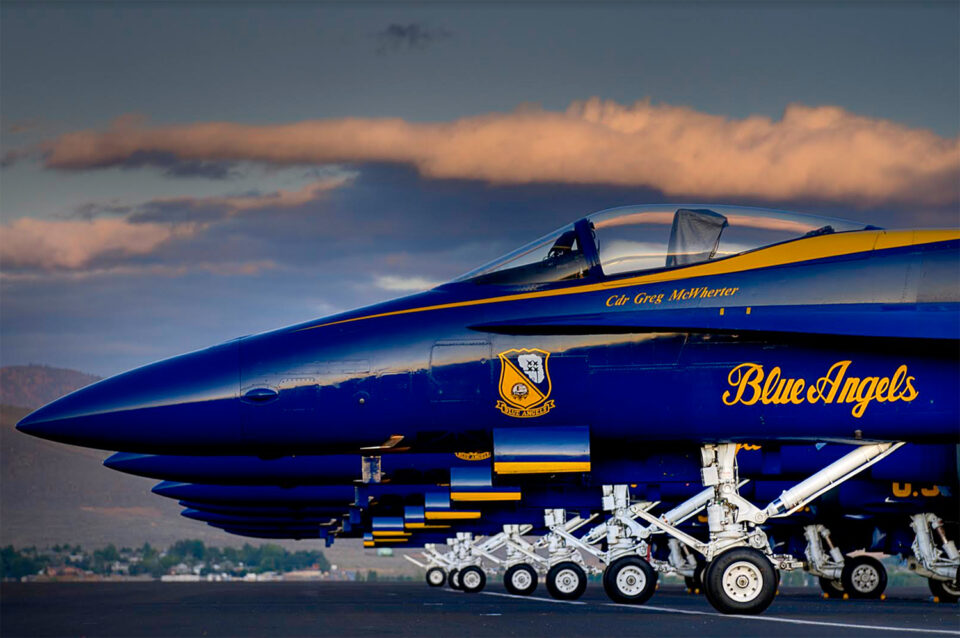 Fujifilm APS-C Sensor – 16 mega pixels
Fujifilm APS-C Sensor – 16 mega pixels
How many mega pixels is enough, is more always better? Let me give a practice example. I did a very deep dive into my files recently to pick out the images over the past several years that I thought were my best images, the sharpest, best color, the ones I was most proud of! I selected 30 images, all digital files, sorry my old film stuff doesn’t hold a candle to these in technical terms! After getting all of them into file folder I looked at the exif data for each, to my shock 28 of the 30 were with the ten year old Fujifilm X-T1, a ten year old, 16 mega pixel camera, 2 were with the old 12 megapixel X10, even older than the X-T1. Not 1 was from my newest XT5 a 40 mega pixel camera!!! My conclusion is simple while mega pixels are nice, they don’t have a lot to do with making wonderful images!
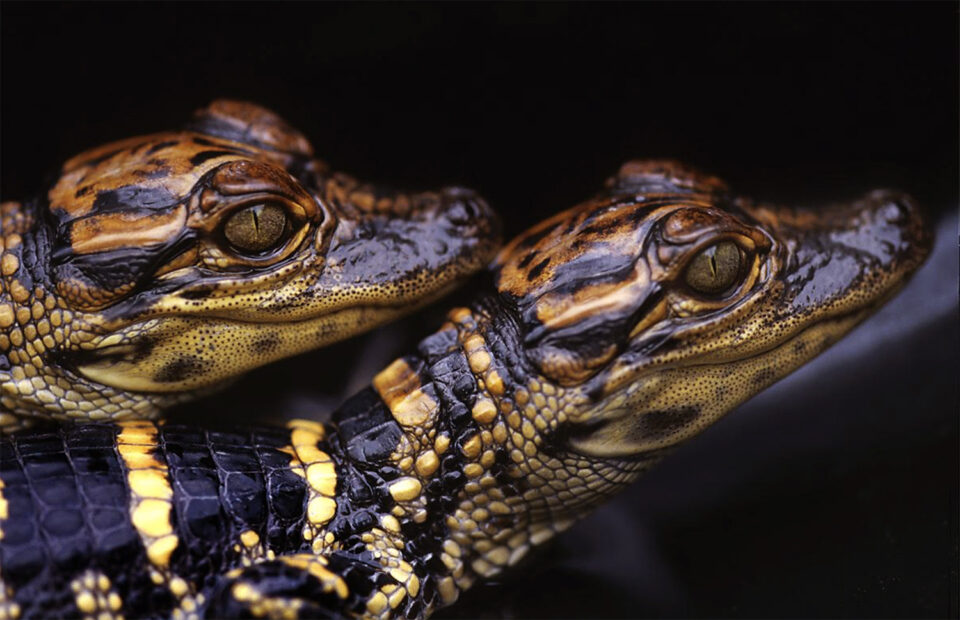 16 mega pixels
16 mega pixels
Camera brand is very important. Nope, most of the major makers of cameras today all make models that are capable, in the right hands of making exceptional images!
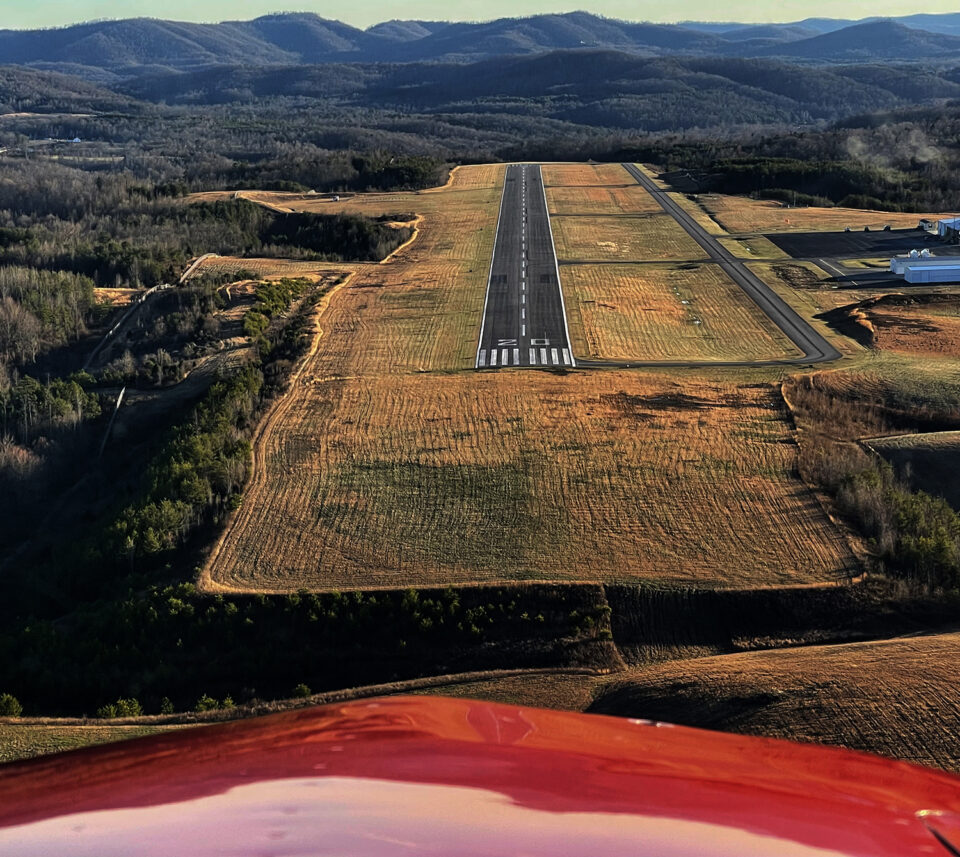 iPhone 12 Pro Max
iPhone 12 Pro Max
You should always use lenses from your camera manufacturer, avoid third party lenses! That would have been true 25 years ago, but not today, makers like Tamron and Sigma both make exceptional lenses, and a number of the up and coming Chinese companies have select models that are great bargains. Always test a lens so you may return it if it Dows not meet your standards, but there is more good glass today than ever!
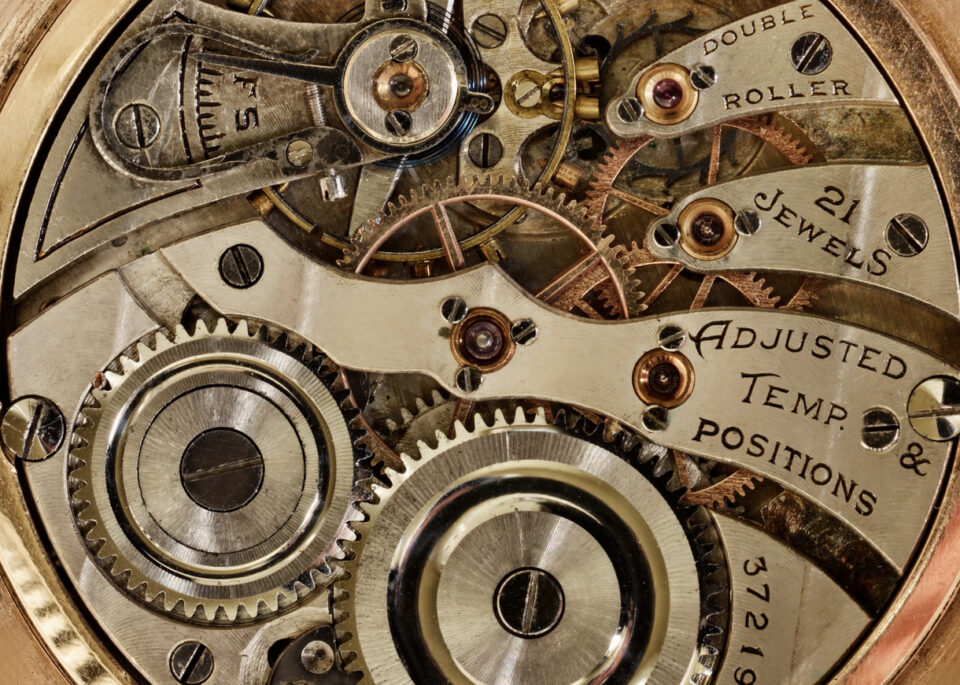 Mike Moats image shot with Tamron Macro lens!
Mike Moats image shot with Tamron Macro lens!
Which is more important, technic or equipment? Rod Planck said it best “Technique beats equipment every time!” Using great technic will do the most to improve your work and learning to see and slow down will make you a much better photographer!
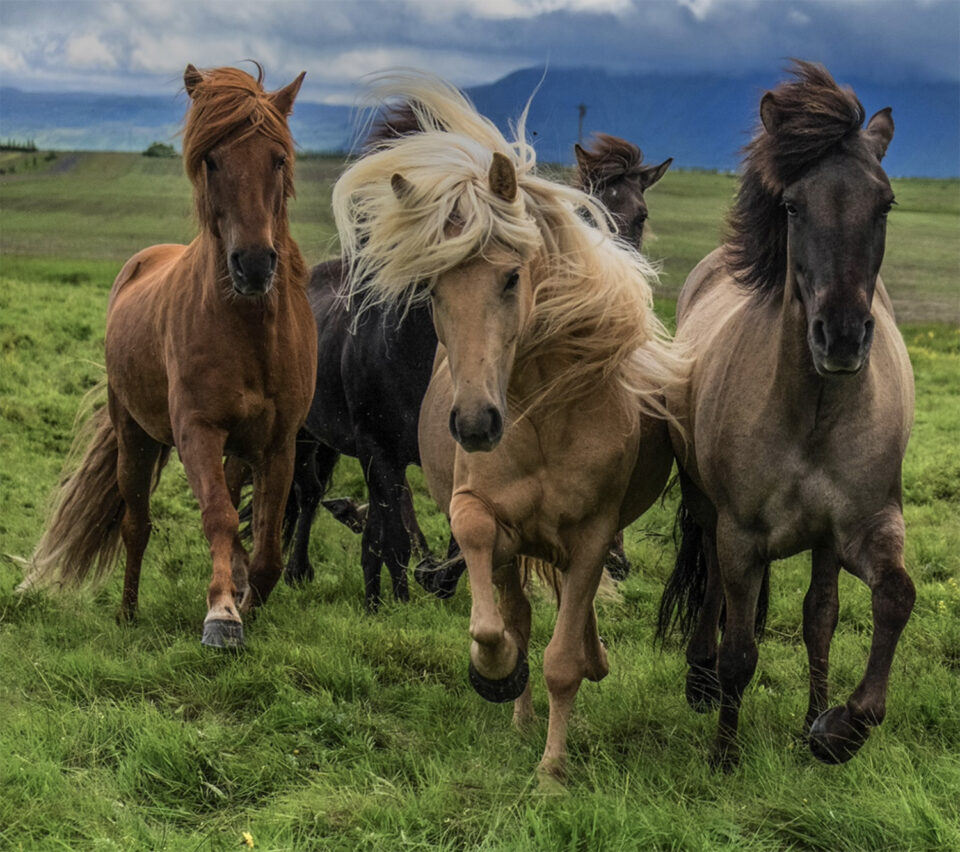 This image by Jack Graham is the result of perfect timing, It was shot with modest equipment, but Jack knows what he is doing and it shows!!!!!!
This image by Jack Graham is the result of perfect timing, It was shot with modest equipment, but Jack knows what he is doing and it shows!!!!!!
If I could only have one lens, which focal length would it be? A 35mm equiv. with good speed, either a f 1.4 or f 2 widest aperture. It is the most versatile lens I own and can work for a lot of different situations!
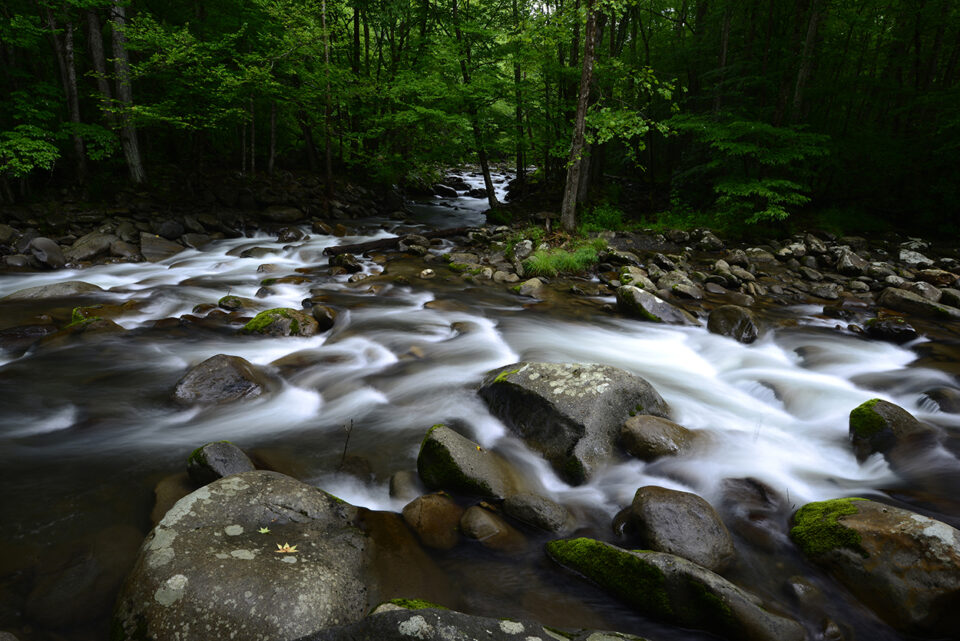 The 35mm has a very normal perspective!
The 35mm has a very normal perspective!
Well, hope you enjoyed that, and I hope you will mix it up with me in the comments sections!
Blessings,
the pilgrim
This entry was posted on Friday, July 5th, 2024 at 2:50 pm
You can follow any responses to this entry through the RSS 2.0 feed.



Bill
What a wonderful post. Very informative. You answered a lot of questions armatures like myself often have. I have learned much from you, Joe McNally, Scott Kelby and others. I have taken many on-line courses and still consider myself an amateur. After many years of shooting full frame Nikon DSLR cameras I just took the plunge into mirror-less cameras. Now it’s like a whole new learning curve.
Thanks as always for sharing your wonderful knowledge.
As James Taylor once said in a song, “That’s Why I’m Here!”
Damm….Now you tell me!…….Seriously–all 100% correct!!!… I just went back an edited some images from Iceland in 2019 ( http://www.jackgrahamphoto.com )–go to Galleries uuder NEW WORK…. all were shot with the FUJIFILM X-T2… now looked at as an acient camera ..Most we take with the older 18-135mm!
Then drill down a bit & you’ll see some images I made recently in Savannah…all with the Sony RX100vii !–HANDLELD!…… Back in the music business days, I once borrowed a mouthpiece loaned to me by Bud Herseth, the long time principle trumpet of the Chichgo Symphony Orchestra…It was a good mouthpiece, but didn’t help me at all play like Bud!—just my $0.02–JG
As always a good point! The good news is I know
You played with that mouth piece the very best you
Could, and I know that was plenty good, and that’s
after all, the most we can do in our lives, give it all we have
That’s how we have real success!
Your Blue Angel picture has always been my favorite! The sky is perfect – the camera is at the right height – and the angle is perfect to get all the front wheel in alignment – and the color just jumps out at you!! One of those we all wish “it was my shot”!
Perfect subjects in great light, with the right conditions is hard to mess up, thanks!
I’d venture to say (and this may sound obvious perhaps) that most Youtubers are more about video clicks then they are about showing good useful material (photos, or even content) and some will go to the extent to even bring up controversial topics just to get you to watch their videos, which end up having little to no real useful information or examples of what they are talking about. That’s the sad reality of most Youtube channels that deal with photography. There are some really good ones out there obviously, and some that do NOT talk about gear at all, but more so about the craft (or they talk about the gear as little as possible / is necessary) and those I find to be very useful in most cases because they’re not centered around gear, but the craft and the art.
I personally love this channels that deal with the art, it is where I learn the most!